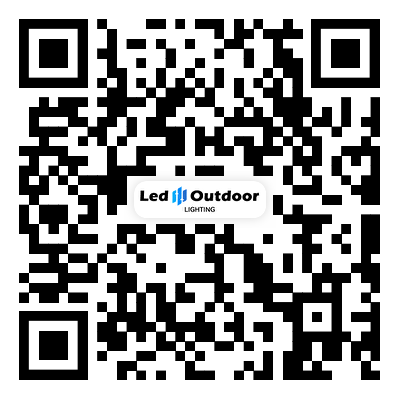Things To Know About Exterior LED Lighting
2023-12-14
Here are several essential things to know about exterior LED lighting:
1. Durability and Weather Resistance: Outdoor LED lights are designed to withstand various weather conditions, including rain, snow, heat, and cold temperatures. Look for lights with high IP (Ingress Protection) ratings, indicating their resistance to water and dust ingress. IP65 or higher ratings are suitable for most outdoor environments.
2. Energy Efficiency: LED lights are highly energy-efficient compared to traditional lighting sources like incandescent or fluorescent bulbs. They consume less electricity, resulting in reduced energy bills and lower environmental impact.
3. Longevity: LED lights have a longer lifespan compared to conventional lighting sources. They can last up to 25 times longer, reducing maintenance costs and the frequency of replacements.
4. Variety of Applications: Exterior LED lights come in various types and designs suitable for different outdoor applications. These include floodlights for illuminating large areas, pathway lights for garden and walkway lighting, wall-mounted fixtures for perimeter lighting, and decorative string lights for enhancing outdoor spaces.
5. Brightness and Color Temperature: LED lights offer various brightness levels and color temperatures. Consider the desired ambiance and purpose when choosing between warmer color temperatures (2700K-3000K) for a softer, more ambient light or cooler temperatures (5000K-6500K) for brighter, task-oriented lighting.
6. Motion Sensors and Dimming Capabilities: Many outdoor LED lights come equipped with motion sensors, allowing them to turn on automatically when motion is detected, enhancing security and saving energy. Some LED fixtures also have dimming capabilities, offering flexibility in adjusting light levels according to needs.
7. Lighting Control Options: Smart outdoor LED lighting systems enable remote control and automation via smartphone apps or home automation systems. This allows for scheduling, color-changing features, and monitoring of energy usage.
8. Installation and Compatibility: Ensure proper installation of outdoor LED lights following manufacturer guidelines and safety precautions. Check compatibility with existing wiring and electrical systems before installation.
9. Regulatory Compliance: LED lighting fixtures may need to comply with local regulations and standards. Ensure the products meet safety and quality certifications specific to your region.
10. Maintenance: While LED lights have a longer lifespan, periodic cleaning to remove dirt and debris helps maintain their efficiency and performance. Check for any damaged parts and replace them promptly to avoid performance issues.
Understanding these aspects of exterior LED lighting helps in selecting the right fixtures for your outdoor spaces, ensuring energy efficiency, longevity, and effective illumination to meet your specific needs.


